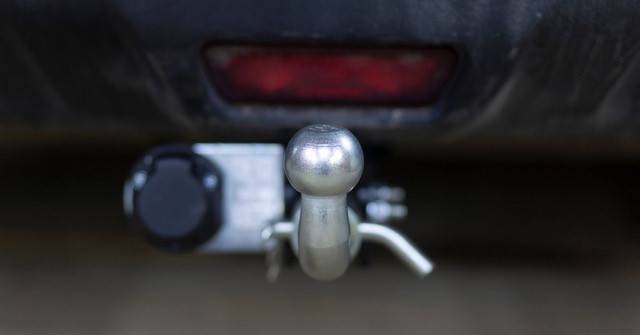Driving with different medical and physical conditions
At Mobility in Motion, we know that being able to get in your vehicle and go wherever, whenever and for whatever reason, is crucial for leading an independent life. It’s the very essence of why we do, what we do.
Have a specific condition?
This page contains links to resources on driving with various medical and physical conditions. Whether you are driving after a brain injury, stroke, or spinal cord injury, or driving with conditions such as Alzheimer’s, arthritis, or diabetes, these resources can help you understand the challenges and considerations involved in safe driving.
Click on the links below learn more about driving with specific conditions:
A recent diagnosis, a current condition worsening or an unexpected accident can be some of the reasons in which you may find yourself starting to research about driving with a disability or with additional driving aids.
Let’s start at the beginning:
Contact DVLA
The very first step when driving with a disability or learning to drive with a disability, is to notify DVLA of any medical conditions and/or disabilities. It’s important to be honest and declare everything at this stage, they deal with lots of these applications so you will be treated fairly and appropriately.
Disability Driving Assessment
The DVLA may require you to visit a Driving Assessment Centre for a full review of your driving skills and ability. This is not a test to pass or fail, it is simply to provide you with an honest opinion and advice. It’s also beneficial doing this even if it’s not a requirement for the DVLA as you can find out more about driving an adapted car.
So what can you expect? A typical driving assessment can take up to 3 hours and consists of the following:
- An introduction to discuss your current situation such as basic medical and driving history.
- A basic physical assessment to identify areas of difficulty and areas of strength.
- A basic cognitive assessment to identify level of ability.
- A visual test specific to driving requirements.
- A 50-minute drive to gain an overall understanding of your current driving ability.
- Return to the Assessment Centre for a summary de-brief and advise on next steps.
Check out our in-depth guide on everything to expect during your disability driving assessment.
Driving With a Disability Adaptation
Now that you have a better understanding of your current situation and driving with an adapted car, it’s time to choose your specific driving adaptations. That’s where we come in!
We will provide in-depth advice on the exact car adaptations for your needs, check and confirm vehicle compatibility, discuss costs and funding options as well as conduct a demonstration so you feel comfortable operating the adaptations. And because we have the widest product offering under one roof, you can be sure that you’re getting the perfect match.
We can then arrange to install your adaptations into your vehicle.
Disabled Driving Tuition
If you require additional driving lessons to re-gain your full license, learn to drive with a disability or simply want some extra support getting back behind the wheel, there are specialist Disability Driving Instructors throughout the UK to assist you. They are specially trained to give lessons in your own adapted car to ensure the transition to driving independently is as smooth as possible.
Find your local Disability Driving Instructor.
Funding
If you receive mobility allowance from the government and have at least 12 months award length remaining, then you could be eligible for funding from Motability towards a vehicle and adaptations. And if you are aged between sixteen and twenty-four, you may also be able to get help with the cost of your driving lessons.
If you’re not eligible for Motability funding, there are a variety of other options from local charities and payment plans.
Start your journey today by speaking with a member of our team to see how we can help you.
More like this

Lifestyle
Staycation Ready: Travel, Tow & Explore With Your Motability Car
Many people don’t realise that you can tow your Motability car, provided you have permission from Motability first. Read our guide for everything you need to…

Lifestyle
Disability Pride Month 2025
July is Disability Pride Month which offers the opportunity to highlight and celebrate the disability community and their pride. Discover the Disability Pride Month origin, discover…

Driving with adaptations
Learning to drive with a disability
Learning to drive can be a life-changing step towards greater independence, especially for people living with a disability. But the process can feel daunting without the…